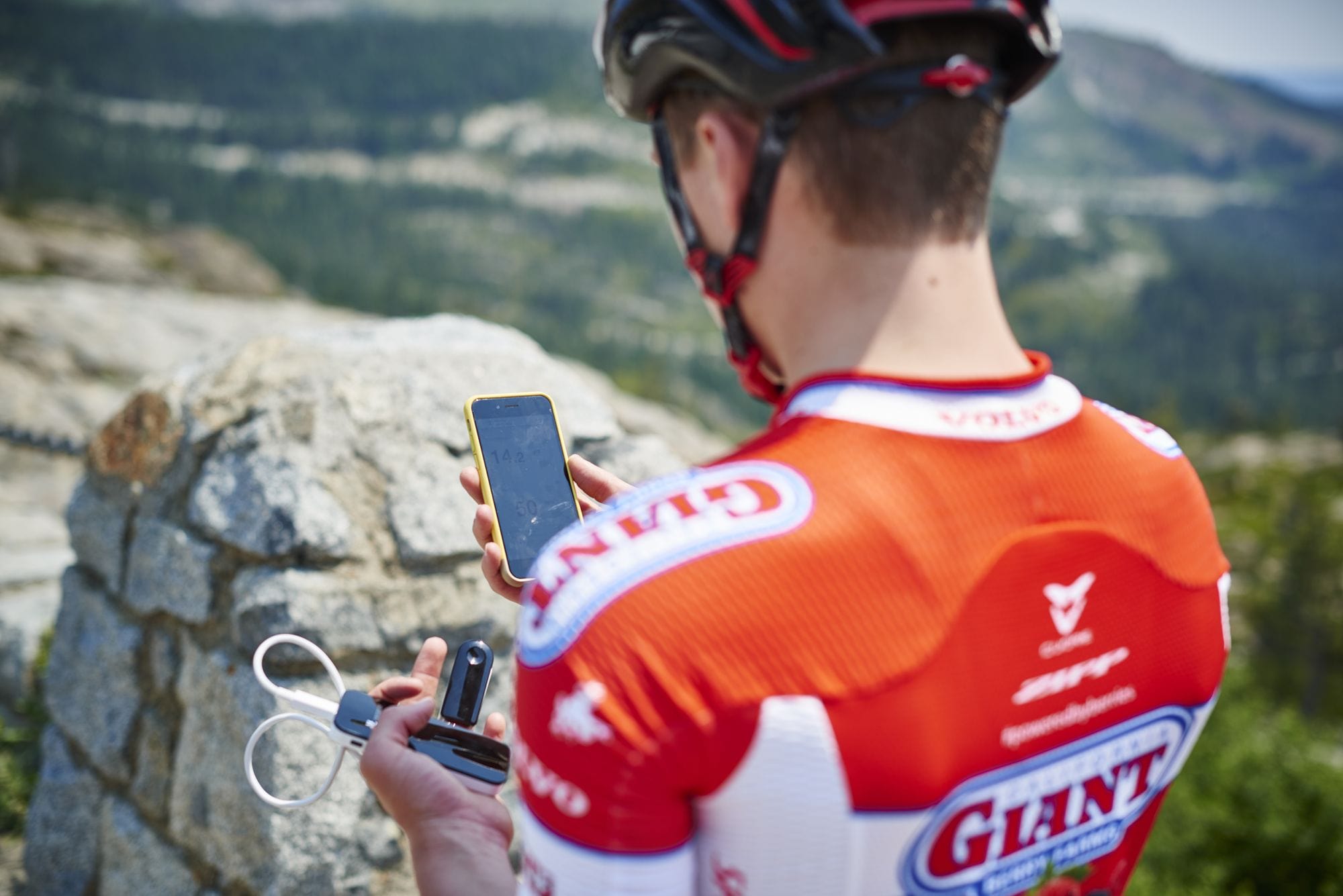By Jarrod Shoemaker
Spring has sprung, and races are occurring in every corner of the country now. Most athletes spend the winter doing base work and trying to get in some miles, but with races appearing, it is important to make sure that you are race ready. I have a few great workouts to help you get prepared for your race. These workouts are bit more intense, so allowing a bit of recovery time the day after the workout is important.
A lot of athletes make the mistake of only going hard on race day, but in reality, you should do a good job of incorporating race pace training consistently into your training plan. Why? One of the reasons is that your muscles move a bit different when you are going race pace. Briefly think about the difference in your running stride length between an easy jog and a hard sprint. You are pushing off more and engaging muscles in a slightly different way. A lot of cramps and muscle injuries can be attributed to not actually training your muscles to go the right pace, so you are not training the muscles to push through the full range.We have two workouts, one is a bric workout (bike-run-interval-combo) and one is a swim set.
- 1) BRIC WORKOUT
This workout is a bike and run combo. The best way to do this is to set up the bike on a trainer and run from your house or on a track.
6 rounds of 4 minutes bike/600m run
1/3/5) steady at 90-95%
2/4/6) 30 seconds at 130% of LT/30 seconds easy
All 600m runs are hard
Take 2-3 minutes easy jog and spin to get set for the next interval
- 2) SWIM SET
Use this main set to prep for your race. I usually use this on a Tuesday or Wednesday leading into a race. Add in your own warmup and warmdown.
2-3 rounds of:
2 x 50 MAX on :30 rest
3 x 100 strong on :10 rest
50 easy

Both of these sets will bring some race pace specificity to your workouts. For my athletes I make sure that they recover after these sets, I will sometimes have them do another flushing workout later in the day, but nothing else hard.
A cool usage for your Ember device in these workouts is to take it before and after, and see the difference. After the workout your parameters might be a bit higher, as you are most likely dehydrated. Use those numbers to key you into how much recovery you need to take!





